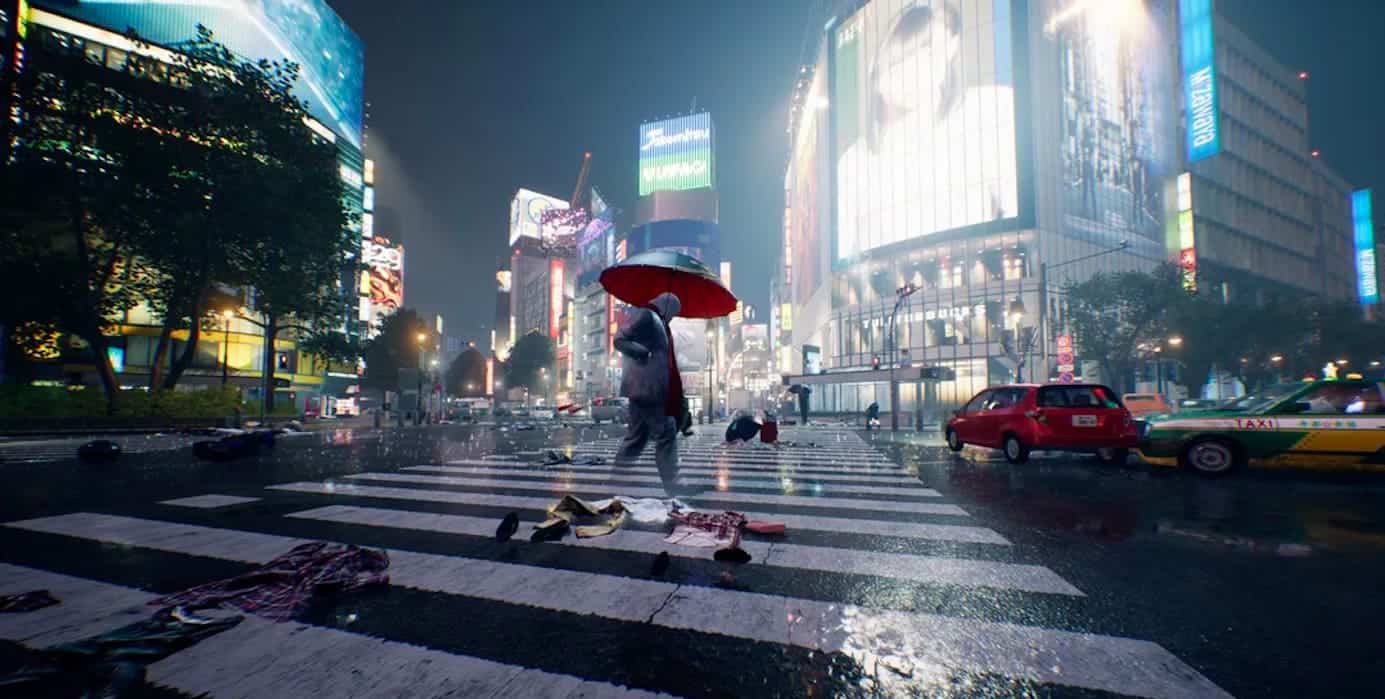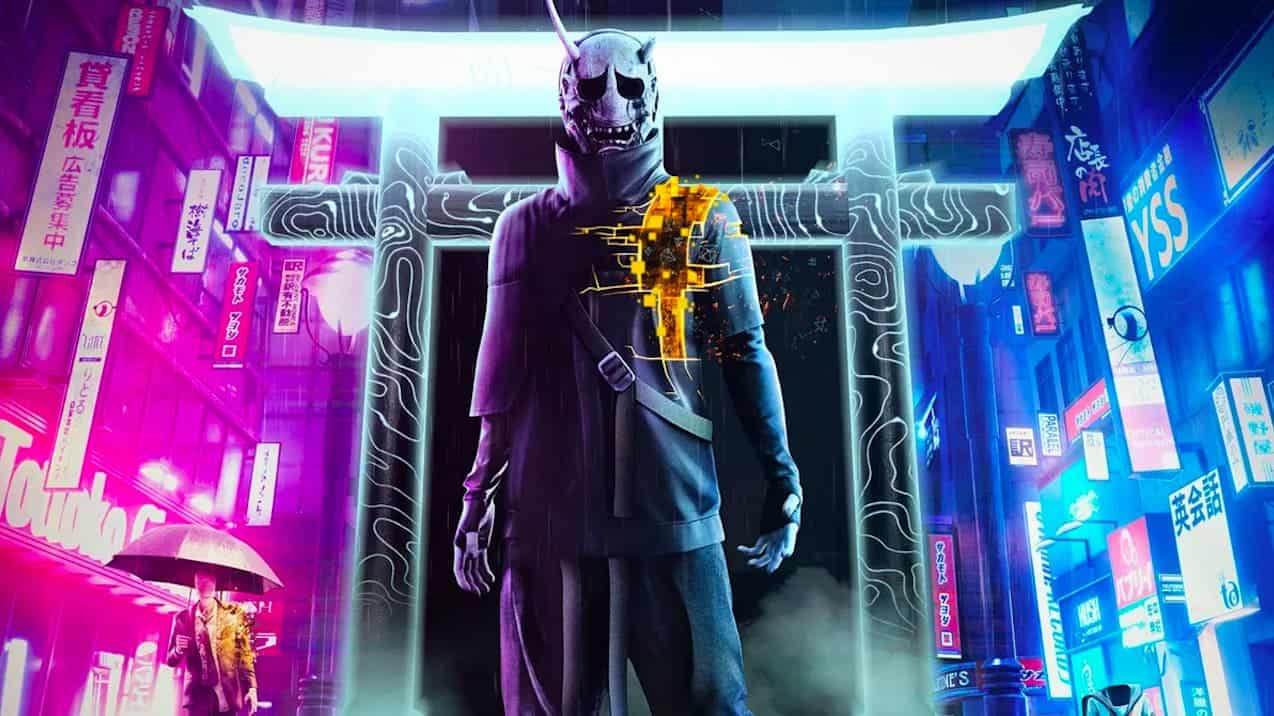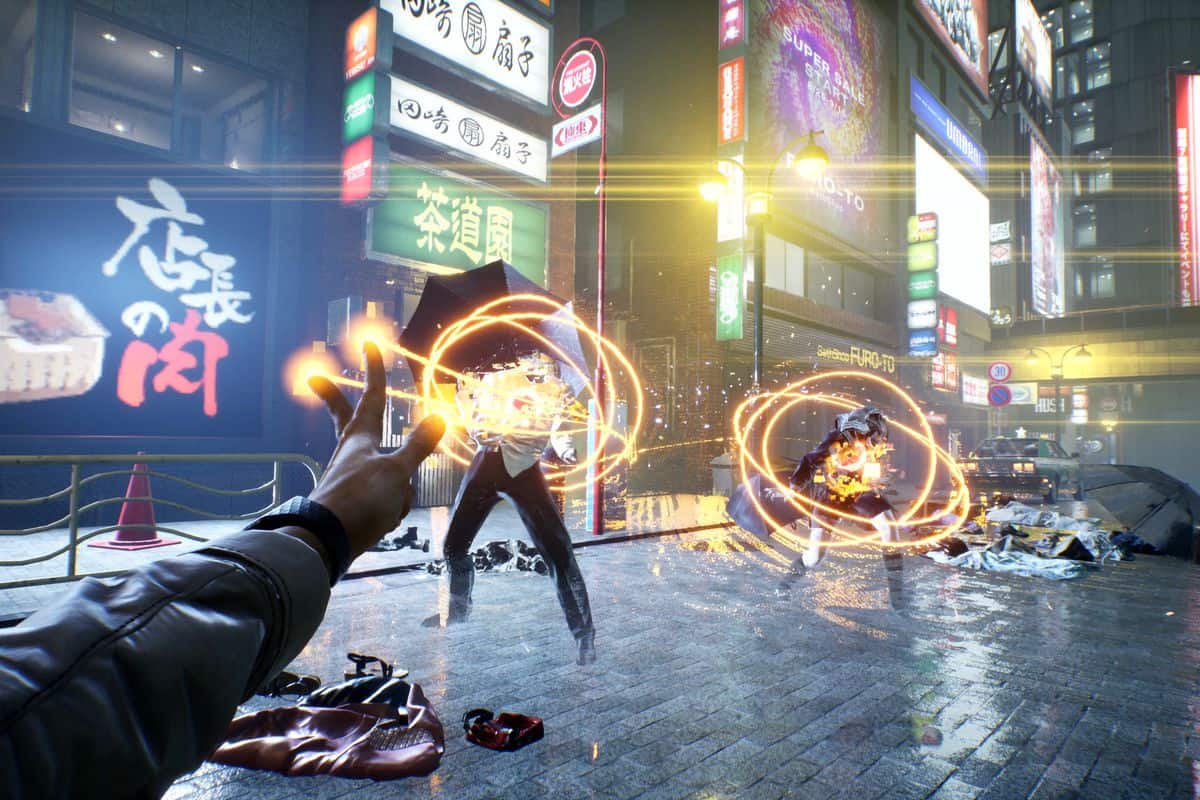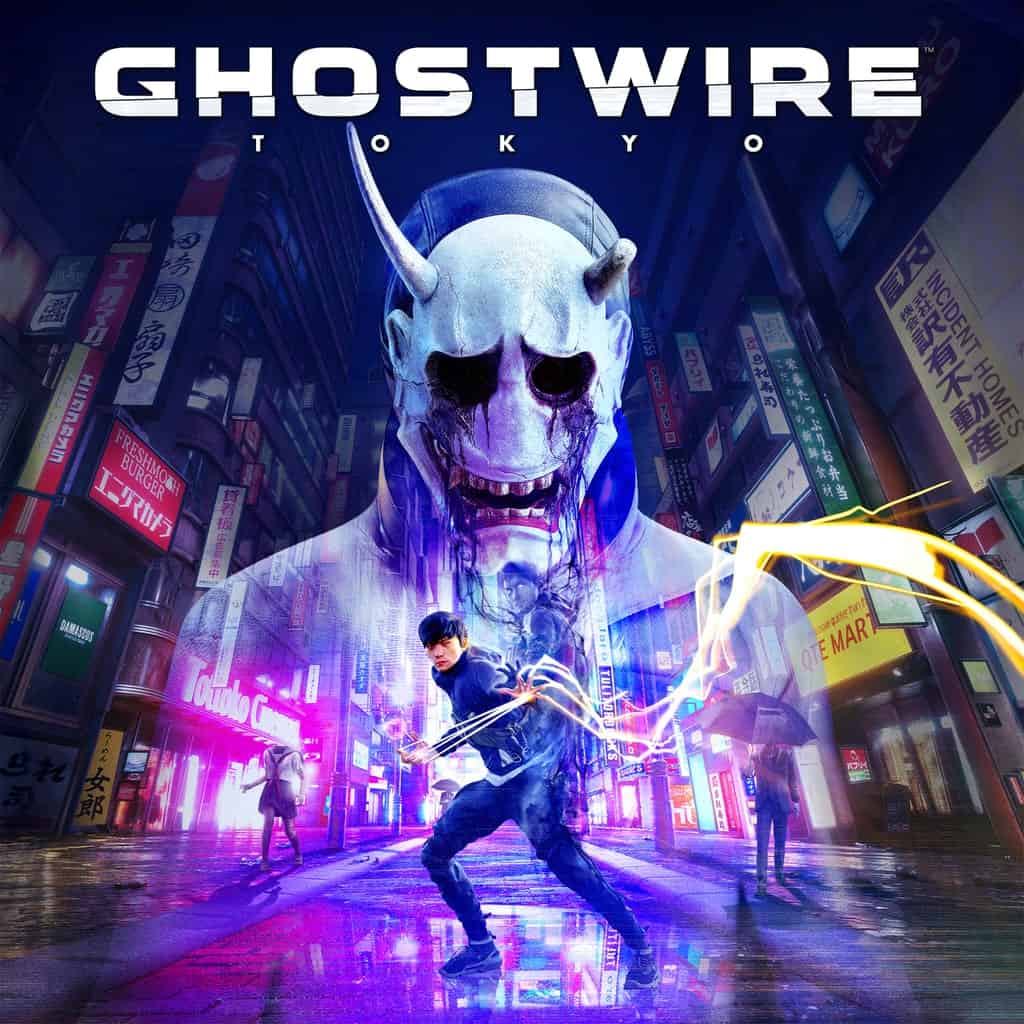Ghostwire: Tokyo is a game developed by Tango Gameworks exclusively for PlayStation and PC, and it was published by Bethesda.
The Japanese team, Tango, is highly accomplished, having recently released The Evil Within 1 and its sequel. Ghostwire: Tokyo is a very different game for them, a very creative one. Tango Gameworks is going outside the box with this one, and it’s a first-person action-adventure game set in an open world map, filled with things to collect and side quests to do. Definitely something you’ve heard of before, right?
Ghostwire: Tokyo is a great game that puts an emphasis on fast-paced combat, open-world exploration, and more. Although it may not surprise you as a new concept, this is still a fun and engaging game with plenty of content to keep you entertained.
- Release Date: 25 March 2022
- Platforms: PlayStation 5 or PC
- Developer: Tango Gameworks
- Publisher: Bethesda Softworks
- Genres: Action-adventure games, Role-playing Video Games
- Mode: Single-player video game
Also Read: 12 Magi: The Labyrinth of Magic Facts You Never Knew
Open World Game Play
Ghostwire: Tokyo is a game dominated by the Open World. The city has become overlayed in a thick fog, and anyone that was touched by it has vanished into another world, but Akito Izuki, the protagonist, and KK, the ghost that resides in Akito’s body.
The entire city feels oddly surreal. Walking through different parts of Tokyo both outdoors and indoors, feels strangely deserted, with piles of clothes scattered everywhere, umbrellas and strollers lying around unattended, and music playing out from empty shops. The Gameplay is frightening and consistently creates memorable flashes along with the ever-present and oppressive fog.
Ghostwire: Tokyo is known for its unique visual style, but its open world is equally notable for its verticality. Players will spend a significant amount of time traversing rooftops by jumping from one building to another, as this is a key aspect of exploration in the game.

In addition to the thrill of rooftop jumping, there are many collectibles, Torii Gates, interesting landmarks, and stunning views to discover in Tokyo’s high places. Side quests may require players to scale tall buildings, and the inclusion of a glide mechanic allows for even more emphasis on vertical movement and exploration.
As you progress through the game, clearing Torii Gates will gradually lift the fog from the map, allowing you to access more and more areas. With each new section unlocked, points of interest will also appear on the map, helping you keep track of where you are and what you need to do.
It’s very much a set and follow-the-waypoint kind of game, a find all the collectibles. Although it’s a lot of fun while playing it, you may often feel like you’re doing it in a perfunctory way, without any enthusiasm.
Also Read: Best Games With Open-World Elements
Quests And Side Quests
The actual quests are great even though Ghostwire: Tokyo is very much an open-world game; a decent cumulative portion of it is set in linear environments. In these instances, the game really shines, and the more guided parts of the experience really do stand out more because this is where the developer often takes the reins and asks you to just come along for the ride.
That’s not something that always works out for games, but Ghostwire: Tokyo almost always has something interesting to show you, whether that’s with varied mission objectives, fun combat encounters, or eye-catching bizarre environmental shifts and effects that’s true for most of the game’s side quests as well.
There are a lot of side quests in Ghostwire: Tokyo, so obviously, not all of them are amazing, but a surprising number of them are. Some challenge you with frantic fights and some are set in interesting locations that are fun to go through, while some are uniquely focused on slow-paced stealth and horror.
Also Read: Top 10 Best Role Playing Game
Ghostwire: Tokyo Plot
On top of being well-designed, Ghostwire: Tokyo has a solid, engaging story that was unexpected going into the game. It’s got a unique and interesting premise, and it takes zero time to put you right in the thick of things. The game keeps introducing new elements or threads to keep things fresh, and it is very briskly paced, so it never feels like it’s lingering on any single story beat for too long.
Its biggest strength is the central pair of protagonists, Akito and KK, a rookie magical ghostbuster and a grizzled experienced spirit, respectively; their bond and evolving relationship are really at the heart of the story.

The villain didn’t do much. Some of the dialogue and voice acting felt a little clunky. It’s not always the most unpredictable how it moves forward, but it will do a solid job of keeping you invested and engaged nevertheless.
Also Read: 10 Games with the Best Plots Ever
Combat And Visuals
Combat is an area where Ghostwire: Tokyo is consistently fun; your main weapon is ethereal weaving which is essentially magic that you shoot out of your hands. There are different elements of weaving to use in combat, each functioning differently, wind weaving shoots out weaker projectiles, but they’re quick-firing, precise, and offer a healthy pool of ammo.
The water weaving has lower ammo and doesn’t do as much damage, but it’s fired off in wider arcs and can also be upgraded to fire multiple projectiles at once. The fire weaving, meanwhile, has even lower ammo and is slower than the others but does a ton of damage. Meanwhile, you also have other tools at your disposal that can be used in combat.
Enemy variety is a big factor, Tokyo is brimming with creepy, nightmarish, vaguely human creatures known as visitors, and they come in many different shapes and sizes, headless schoolgirls, businessmen with no faces, creepy ladies carrying machetes or giant scissors not only are these all excellent and varied visual designs they also present different challenges in combat.
Enemies visibly become more damaged as you attack them, and that’s the only visual cue you have to figure out how close to death they are. It feels like such a refreshing change of pace when every game these days insists on having health bars and damage numbers. The world is brimming with corrupted floating objects that you need to smash to get more ammo for your weaving while killing enemies restores some of it as well.
The elaborate and intricate hand animations that accompany every single thing you do in combat are always a joy to witness, but at its core, it has the mechanics of a straightforward shooter who can get a little repetitive, at times combat can start off a little slow in the first couple of hours and might feel too simplistic and straightforward.
But as more enemy varieties are introduced as you gain more weaving elements and unlock new upgrades, it continues to get more and more engaging progression. Each time you level up, you get skill points for your weaving to abilities focused on stealth, your carry capacity for consumables, movement, and more.
There’s a solid range of upgrade options available in Ghostwire: Tokyo’s skill trees. It’s all pretty standard, but there are plenty of decent unlocks to work towards. Technically and visually, Ghostwire: Tokyo is solid and efficient, even if it will never take your breath away, which can be said for much of the game as a whole.

Tokyo looks sharp and slick, and very detailed. Whether you’re looking at larger sections of the city from higher vantage points, walking on rain-drenched boulevards and surrounded by neon lead buildings, or making your way through shifting creepy indoor environments, none of it is even close to what you would expect to see in a next-gen exclusive game though.
Facial models and hair, in particular, can often look a little bland and lacking in detail, while lip-syncing is also often off in cutscenes, although Tango recommends playing the game in Japanese, so keep that in mind. Beyond that, the frame rate is consistently solid, the load times are quick and smooth, and the audio design, in particular, is excellent.
While it falls prey to many trappings of modern open-world games, Ghostwire: Tokyo does so much in such a uniquely distinct way that it still stays with you. Though it’s formulaic and relies on certain design tropes, the veneer wrapped around all of that stuff still makes it feel like a unique experience.
Also Read: Dead By Daylight Chapter 27: Release Date & Game Plot
Final Verdict
Ghostwire: Tokyo is enjoyable and a pretty great game because its setting and atmosphere are excellent, the design is great, and the story is interactive. The detailing in the city itself is quite impressive, whether to recreate the surroundings or bring life to a back alley. On the other hand, it has repetitive one-dimensional combat and fights scenes, and the Gameplay itself isn’t particularly. According to us, it deserves 4 out of 5 stars.
Our Rating: ⭐ (4/5).
Also Read: Returnal (PC Version) Review





